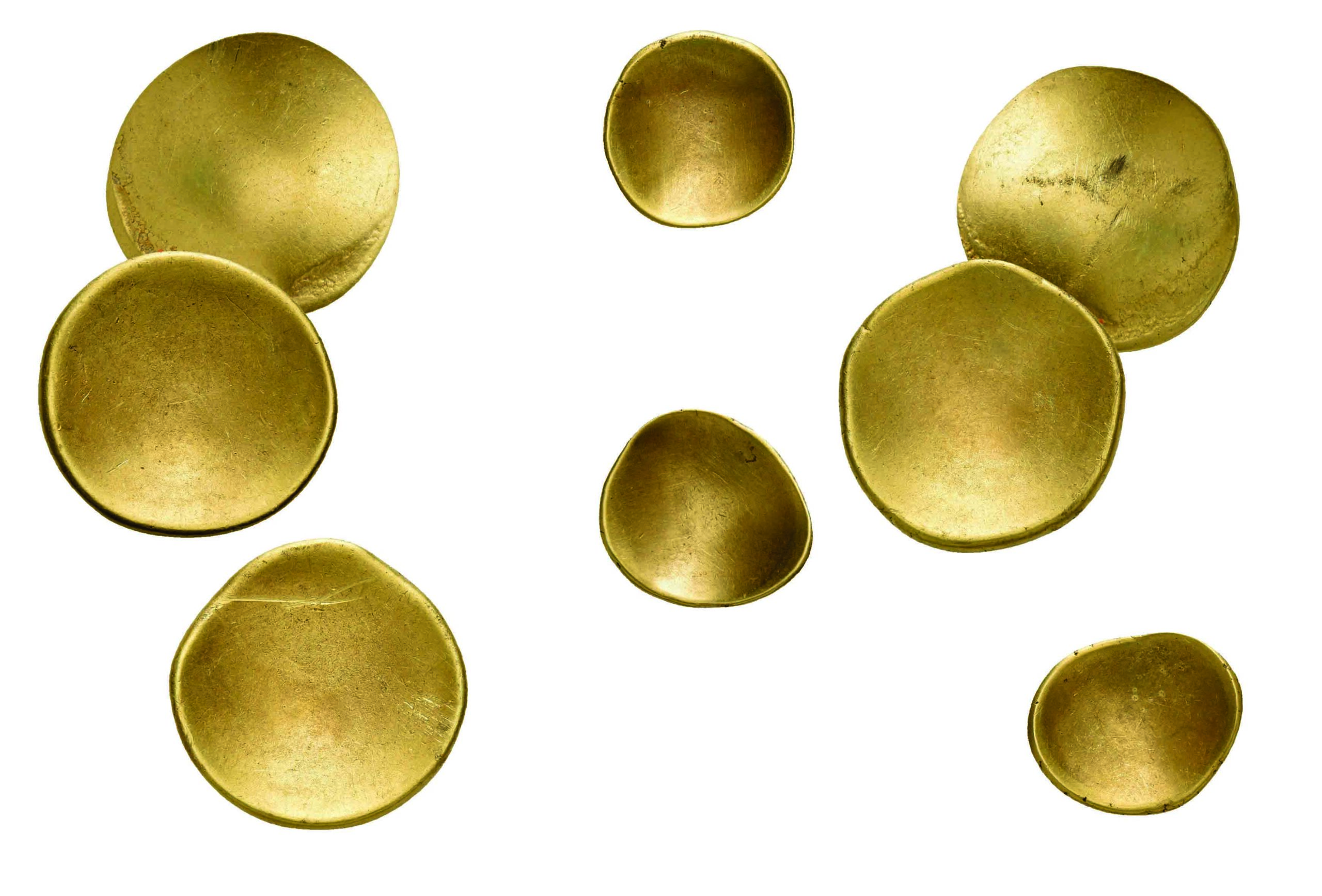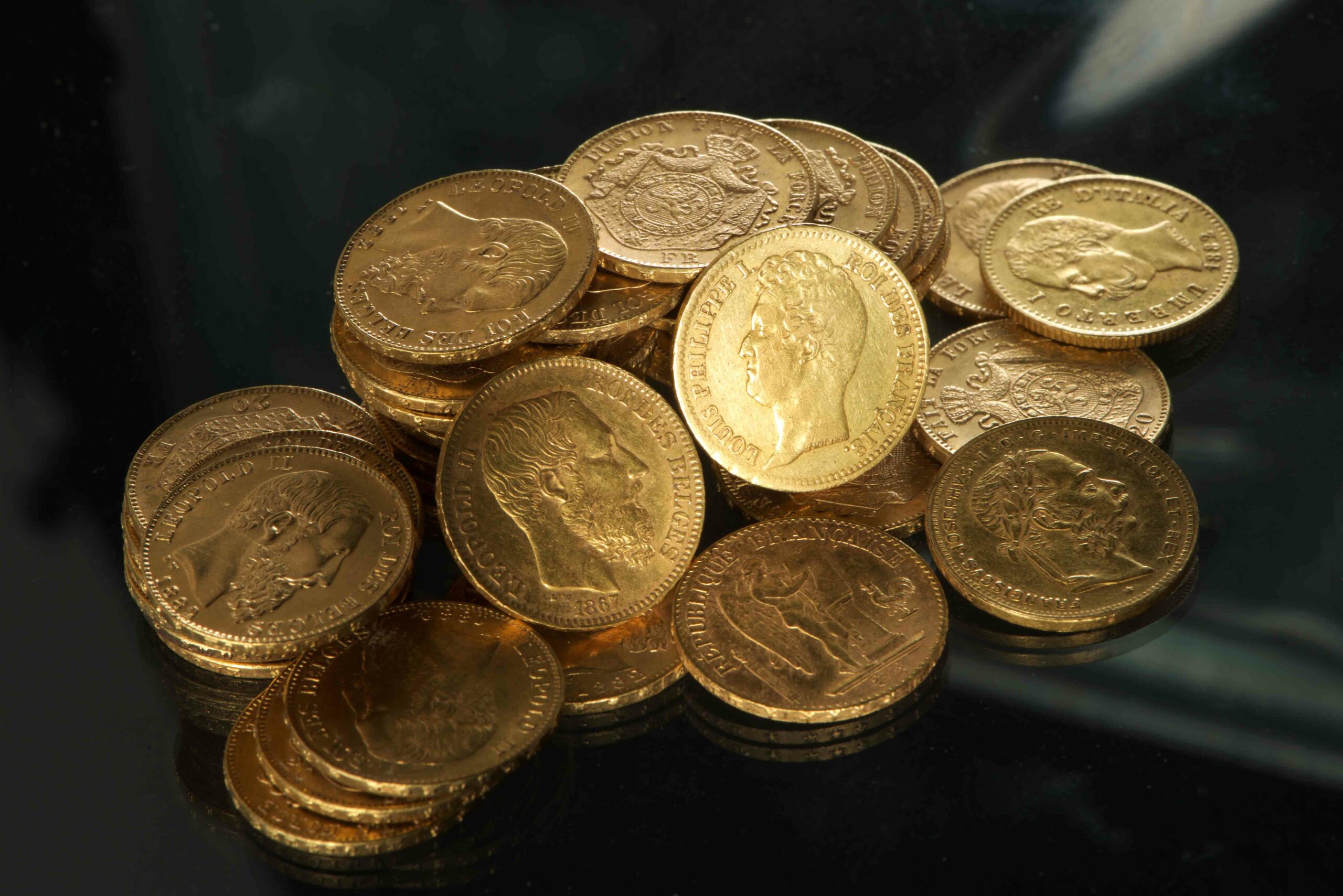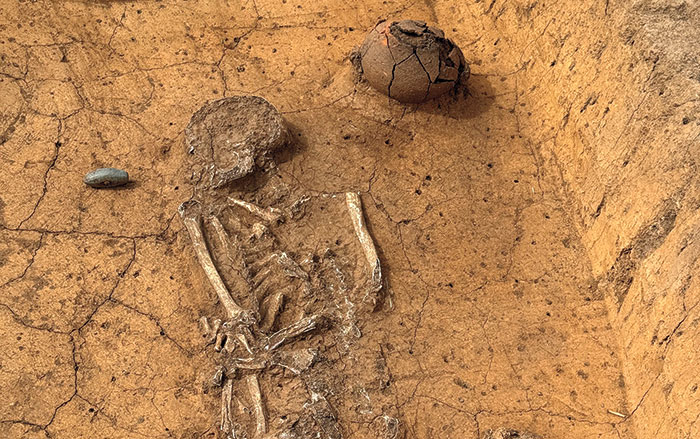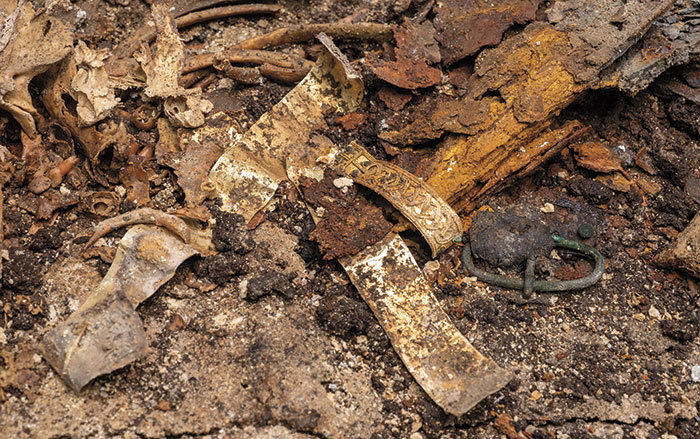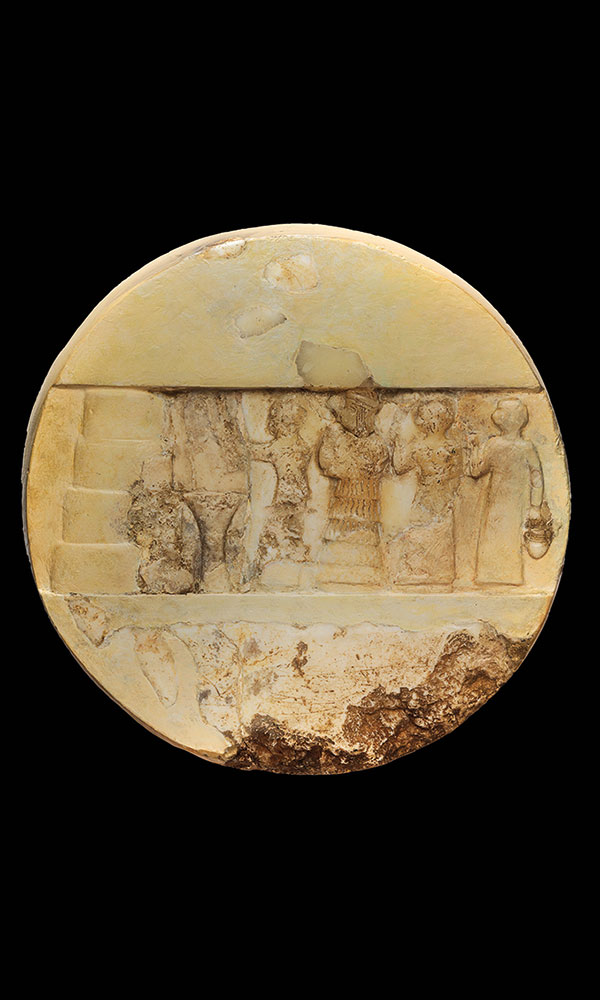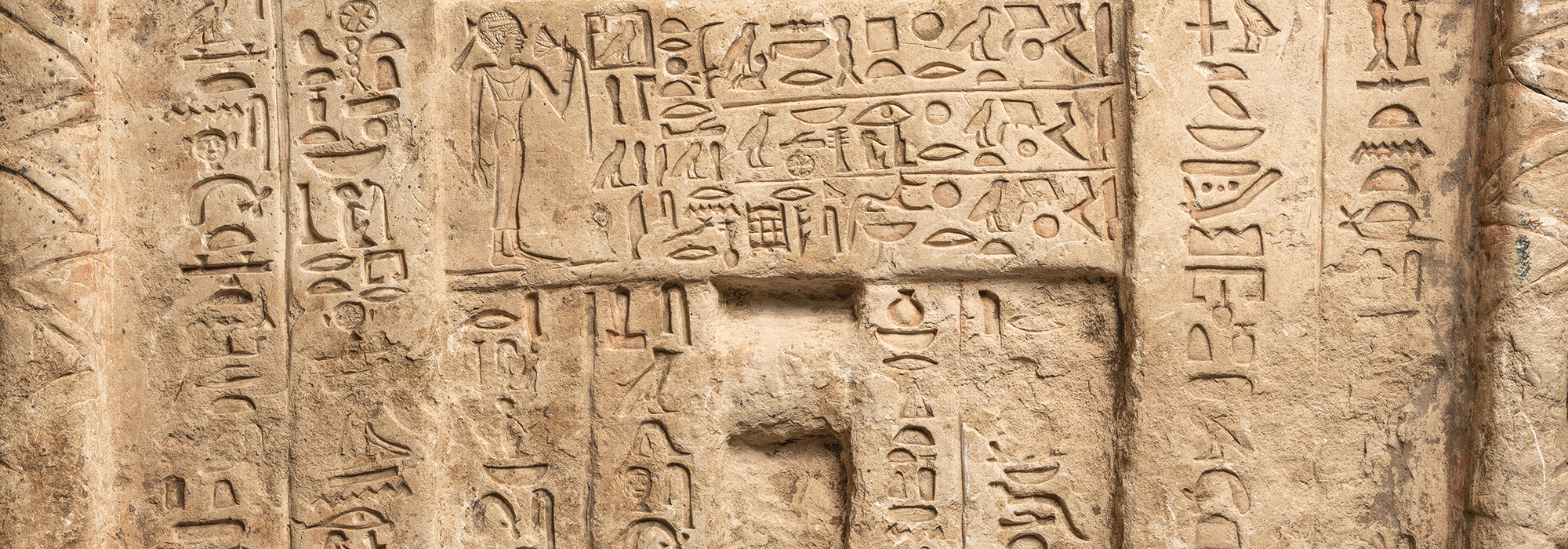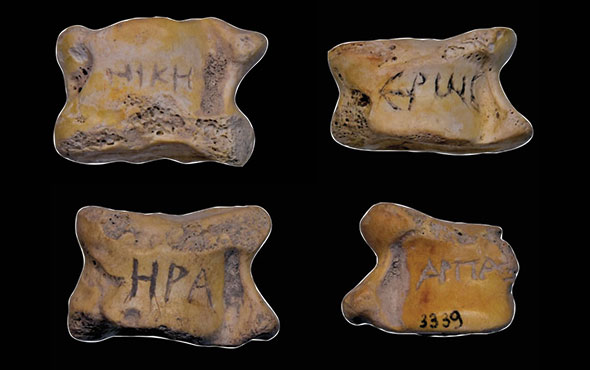
MUNICH, GERMANY—According to a statement released by the Technical University of Munich, Prompt Gamma Activation Analysis (PGAA) and neutron tomography were employed to look inside a pendant recovered from a medieval garbage pit in the Old City section of Mainz in 2008. The enameled and gold-plated copper pendant, dated to the twelfth century, bears Christian images of Jesus, Mary, the four Evangelists, and four women saints. Traces of a silk cord were detected on its attachment loop, indicating that the pendant may have been worn as a protective talisman. Matthias Heinzel of the Leibniz-Zentrum für Archäologie (LEIZA) said attempting to open the lock mechanism on the pendant would have destroyed it, but the neutron tomography conducted at the Technical University of Munich revealed that it contained five packets made of silk and linen concealing tiny bone fragments without harming the delicate object. Heinzel and his colleagues were even able to measure the size of the threads with this process. Reliquaries such as this one usually contain a strip of parchment indicating the name of the saint whose bone it holds, Heinzel added. The researchers did not spot one in this study, however. To read about a reliquary that may contain the remains of an Anglo-Saxon princess, go to "ID'ing England's First Nun."


